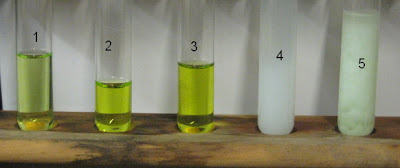


Quote: Originally posted by blogfast25  |
 Just thought I'd
mention it in case that sparked an idea for you.
Just thought I'd
mention it in case that sparked an idea for you.Quote: Originally posted by blogfast25  |

Quote: Originally posted by kmno4  |


Quote: Originally posted by DougTheMapper  |












Quote: Originally posted by Arthur Dent  |

Quote: Originally posted by blogfast25  |
| Quote: |


Quote: Originally posted by blogfast25  |
 and the distance from the optic to the scale. Three lines of known wavelength suffice. If you don't know the spectrum
grating spacing, you'll need a fourth line. You might want to measure it anyway, since it has a non-zero temperature coefficient. The law of cosines
gives slightly easier arithmetic, FWIW, although you've likely more-or-less already derived it already.
and the distance from the optic to the scale. Three lines of known wavelength suffice. If you don't know the spectrum
grating spacing, you'll need a fourth line. You might want to measure it anyway, since it has a non-zero temperature coefficient. The law of cosines
gives slightly easier arithmetic, FWIW, although you've likely more-or-less already derived it already.Quote: Originally posted by blogfast25  |
Quote: Originally posted by blogfast25  |
Quote: Originally posted by watson.fawkes  |